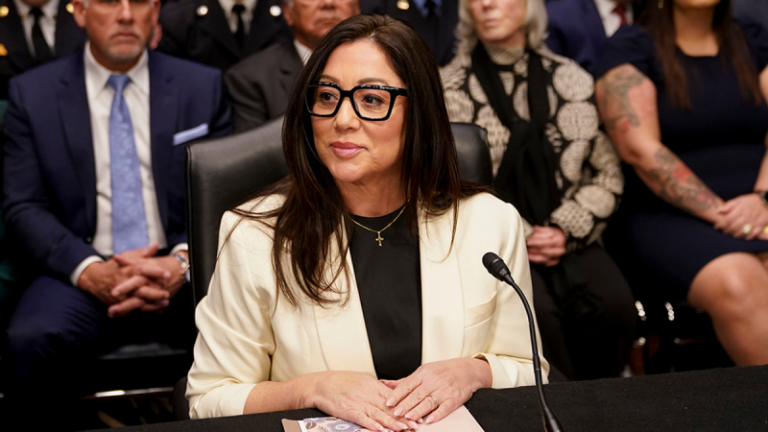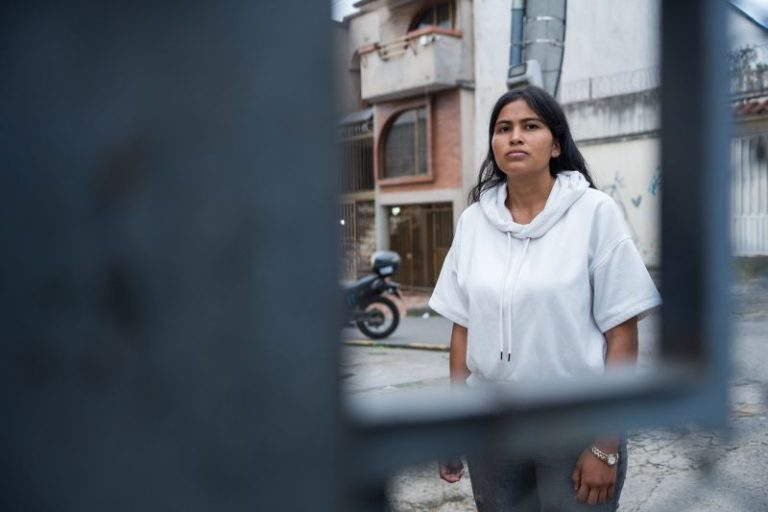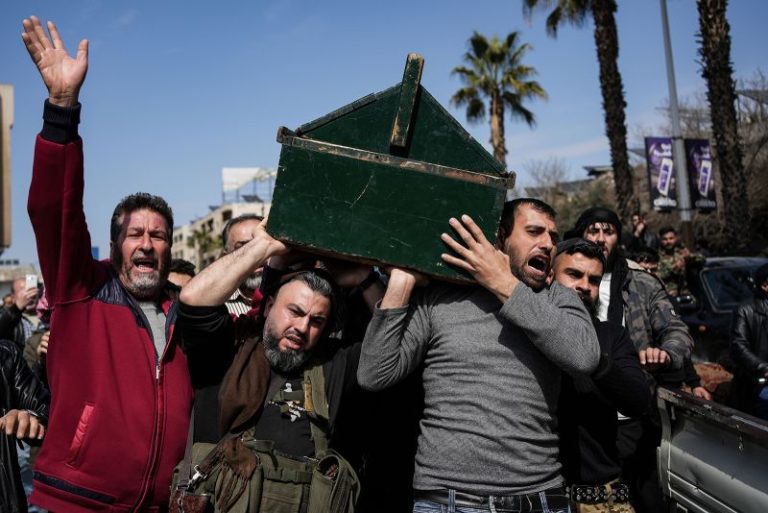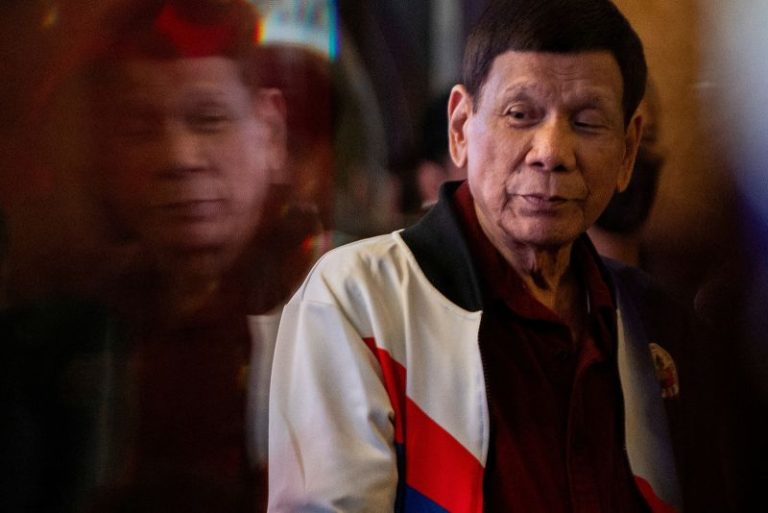Labor Secretary Lori Chavez-DeRemer set the tone for her leadership at the agency, reaffirming in a memo to agency executive staff and agency heads that they must comply with President Donald Trump’s executive orders and work with the Department of Government Efficiency (DOGE) to eliminate waste, fraud and abuse, Fox News Digital has learned.
Fox News Digital exclusively obtained the memo Chavez-DeRemer sent to senior staff at the Department of Labor Wednesday — her first official day on the job.
‘I am honored to join you as the 30th Secretary of Labor,’ Chavez-DeRemer wrote. ‘It is with a deep sense of responsibility that I step into this role, and I am excited about the opportunity to work alongside each of you to implement President Trump’s agenda and carry out the important mission of the Labor Department.’
‘I want to take this opportunity to emphasize our mission: to protect workers’ rights and ensure safe working conditions; ensure proper wages for all American workers; promote employee training; improve working conditions; advance opportunities for job growth; and assure work-related benefits including pensions,’ she continued. ‘To achieve this, we must stand strong in our commitment to Putting American Workers First.’
Chavez-DeRemer said that principle ‘is at the core of everything we do, and it guides our efforts to enhance the lives of workers across our nation.’
‘Under the leadership of President Trump, our focus remains on promoting job creation, enhancing workforce development, and ensuring safe working conditions, wages, and pensions so that every American has the opportunity to succeed,’ she continued. ‘I challenge each of you to actively engage with your teams to identify innovative solutions that can help us achieve our goals.’
Chavez-DeRemer said that the Labor Department must align with the priorities of the Trump administration and ‘must focus on practicing fiscal responsibility, reducing unnecessary spending, and optimizing our resources to ensure that taxpayer dollars are utilized effectively.’
‘At the direction of the President, the Department of Labor has already saved the American taxpayer $125 million, and this important work must continue to root out waste, fraud, and abuse,’ she wrote. ‘I urge each of you to conduct a review of your budgets and operations and identify opportunities for cost savings that can be redirected toward initiatives that directly benefit the American worker and businesses that drive our economy.’
Chavez-DeRemer said that those priorities ‘are central to our mission and are essential for ensuring that we serve the American people by creating a level playing field for businesses, unions, and the American worker.’
‘By adhering to the principles of fiscal responsibility and efficiency, we can make a meaningful difference in the lives of millions of Americans,’ she wrote.
Fox News Digital has learned that the Labor Department canceled $125 million in contracts, including $32 million in diversity, equity and inclusion training and consulting, along with discriminatory DEIA duties from more than 100 contracts. It also shut down internal gender ideology programs. The Labor Department also canceled $56 million in communication support redundancies and $4.4 million for ‘policy handbook modernization.’
Chavez-DeRemer is instructing agency heads within the Department of Labor to conduct a review of budgets and identify opportunities for cost savings, including ‘wasteful contract spending,’ and recommendations to ‘cut redundancies and low-performing employees,’ a source told Fox News Digital.
Meanwhile, Chavez-DeRemer said that she looks forward to meeting with staff individually in the coming days to discuss ‘your agency priorities and how we can collectively advance the Department’s mission.’
‘Thank you for your dedication to our mission of Putting American Workers First as we work together on behalf of President Trump to usher in a new Golden Age of economic prosperity,’ she wrote. ‘I look forward to collaborating to create a positive impact on the lives of millions of workers and their families.’
She added: ‘Let’s get to work.’
The Department of Labor has nearly 14,000 employees.
‘The Secretary is fired up and ready to start fighting for the American Worker under the leadership of President Trump and his America First Agenda, and that starts with implementing the President’s executive orders and partnering with DOGE to ensure the Labor Department is safeguarding hardworking Americans’ tax dollars,’ a Department of Labor spokesperson told Fox News Digital.
Chavez-DeRemer was the final person of Trump’s formal Cabinet to be confirmed. She was confirmed by the Senate Monday night with a 67–32 vote margin. Seventeen Democrats voted with Republicans to confirm her.
Chavez-DeRemer was sworn-in Tuesday at the Eisenhower Executive Office Building by Florida Rep. Laurel Lee.










